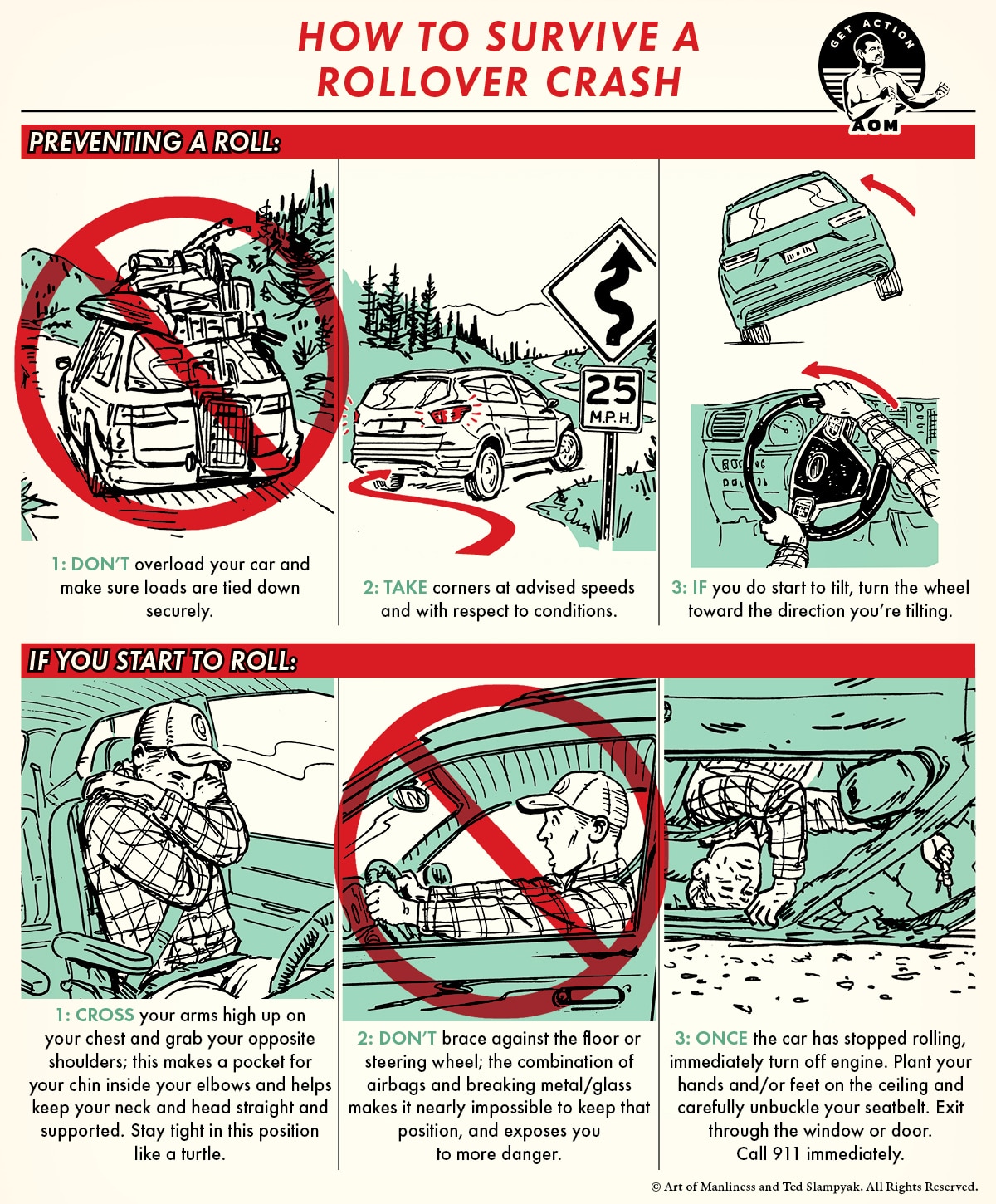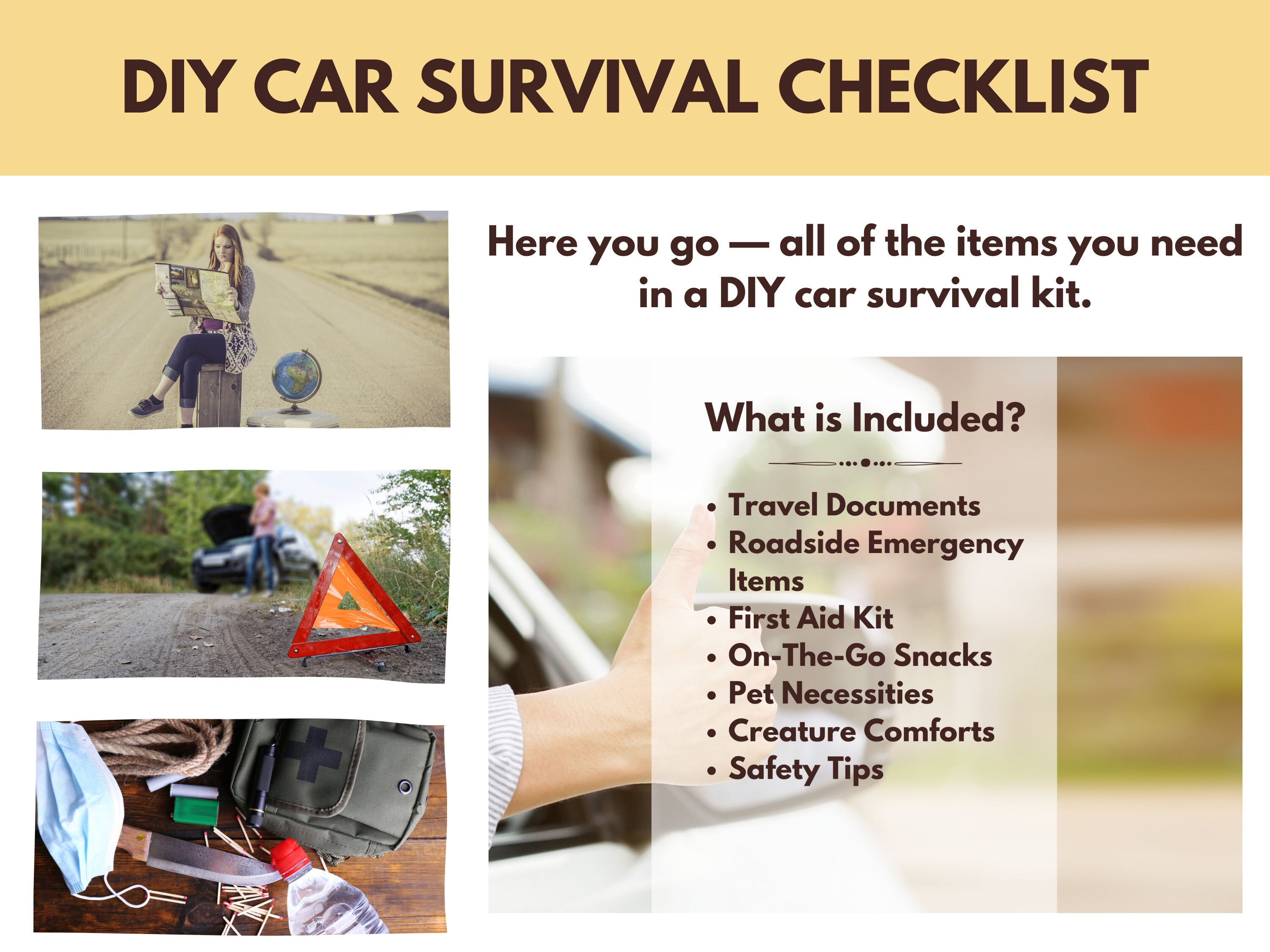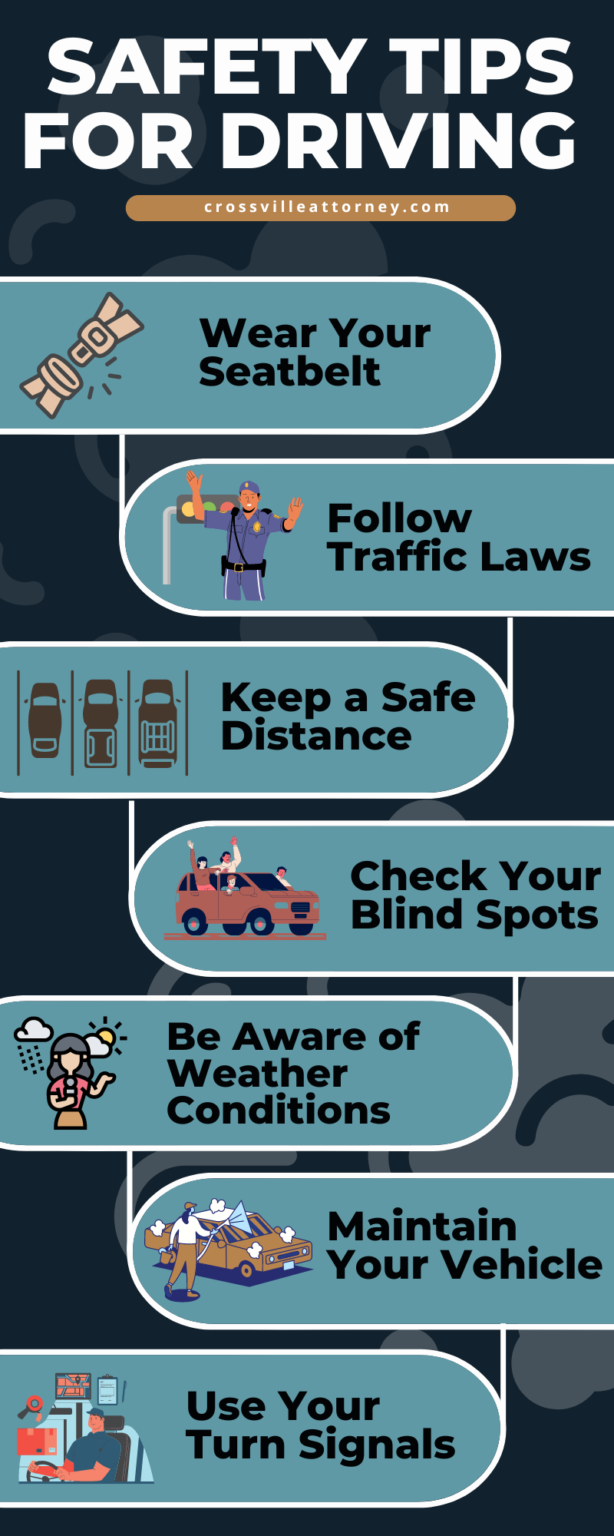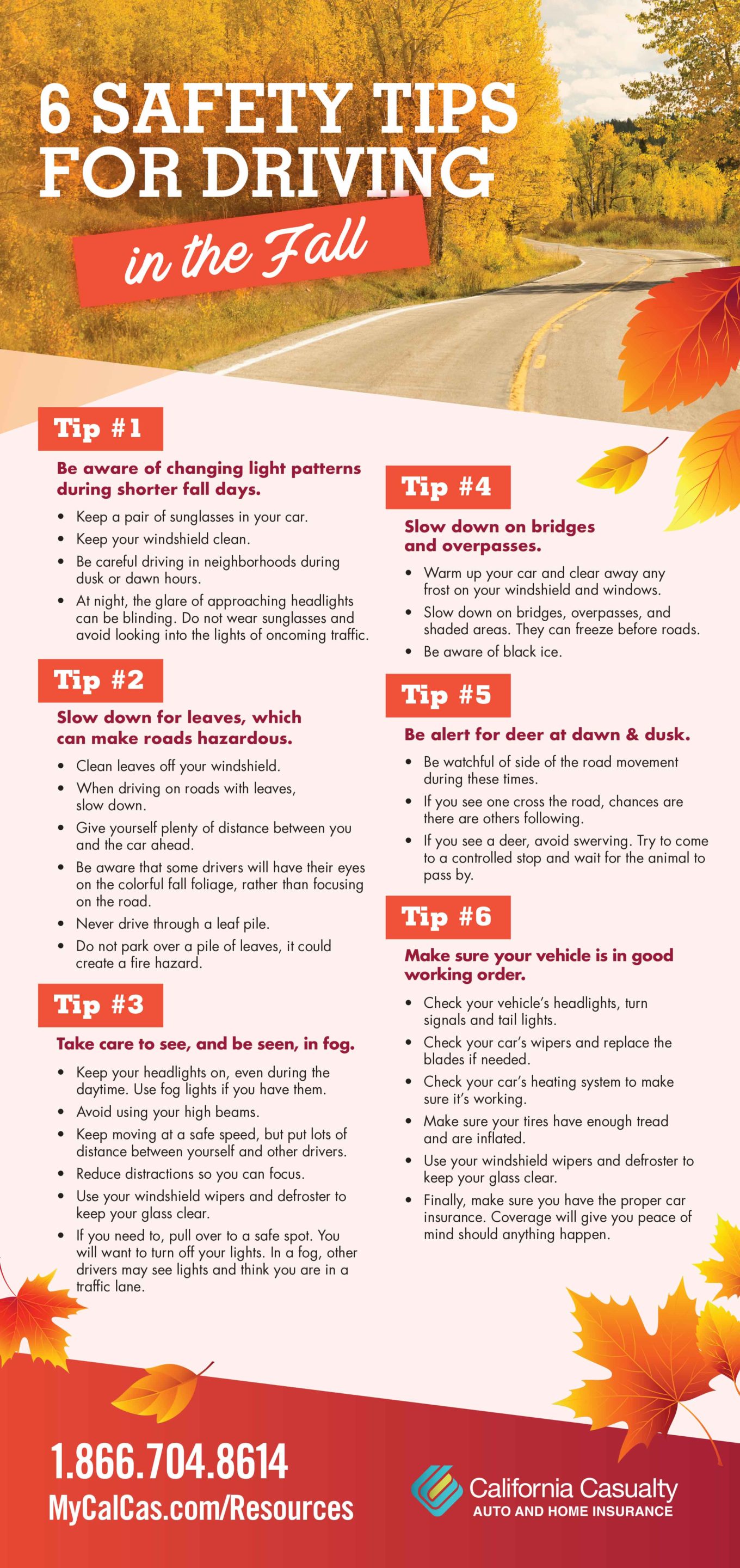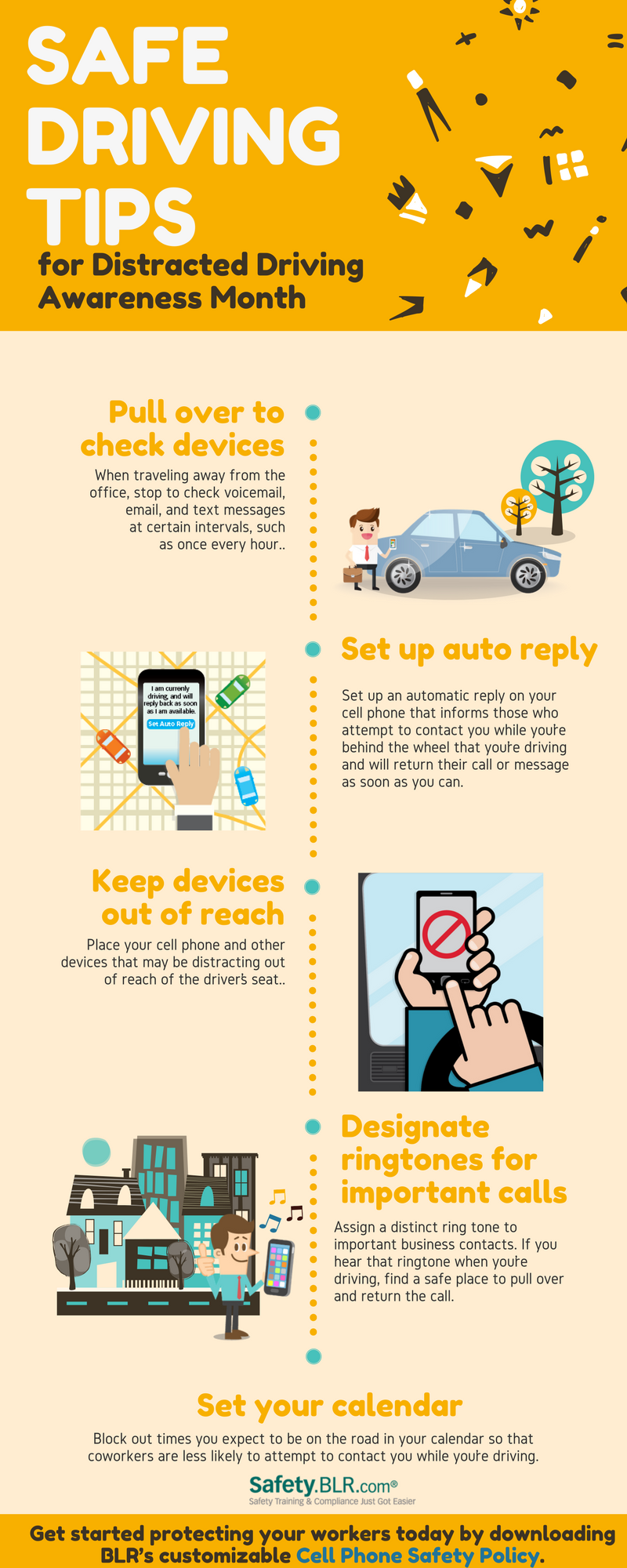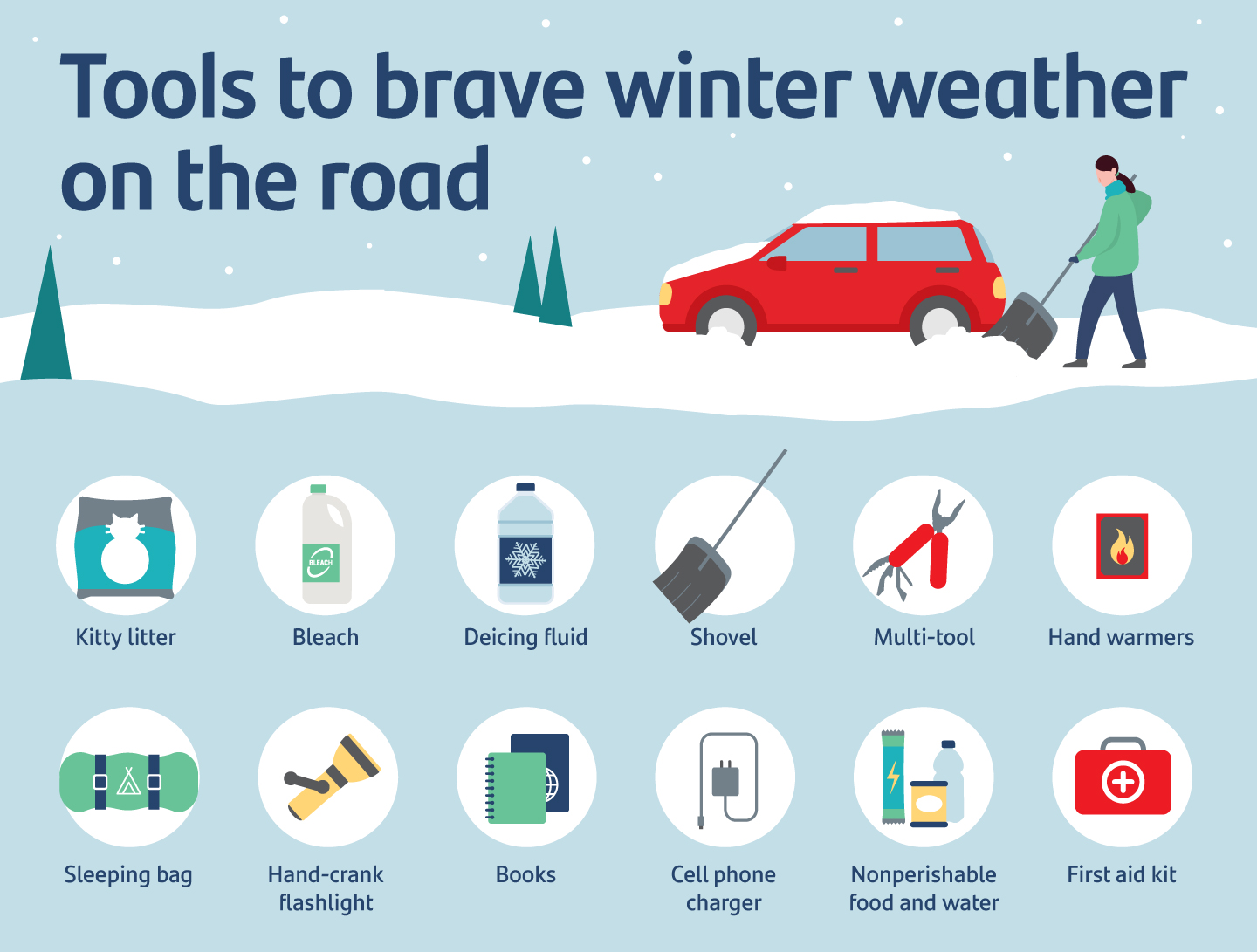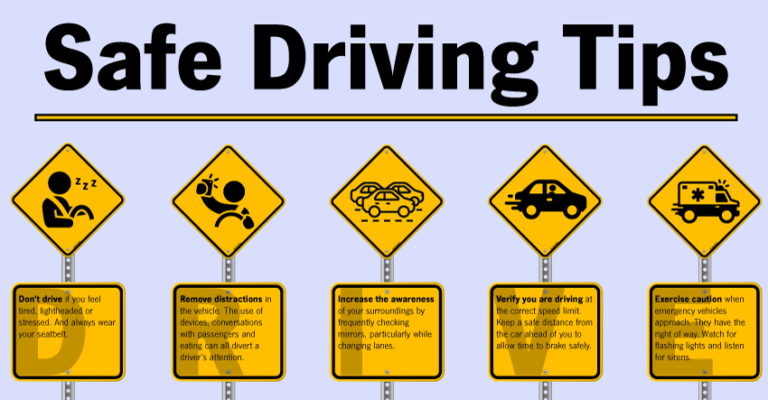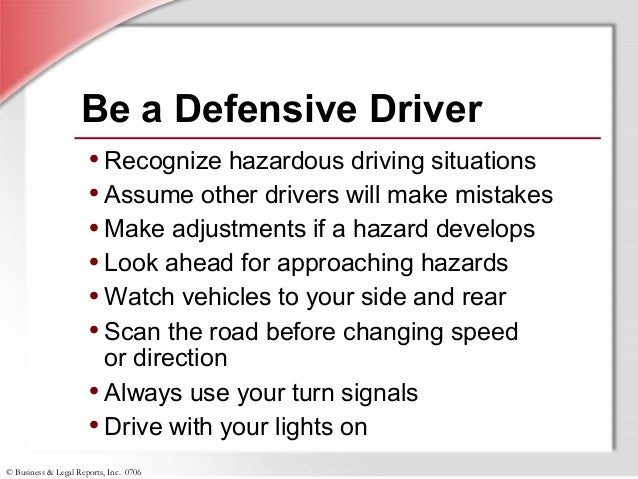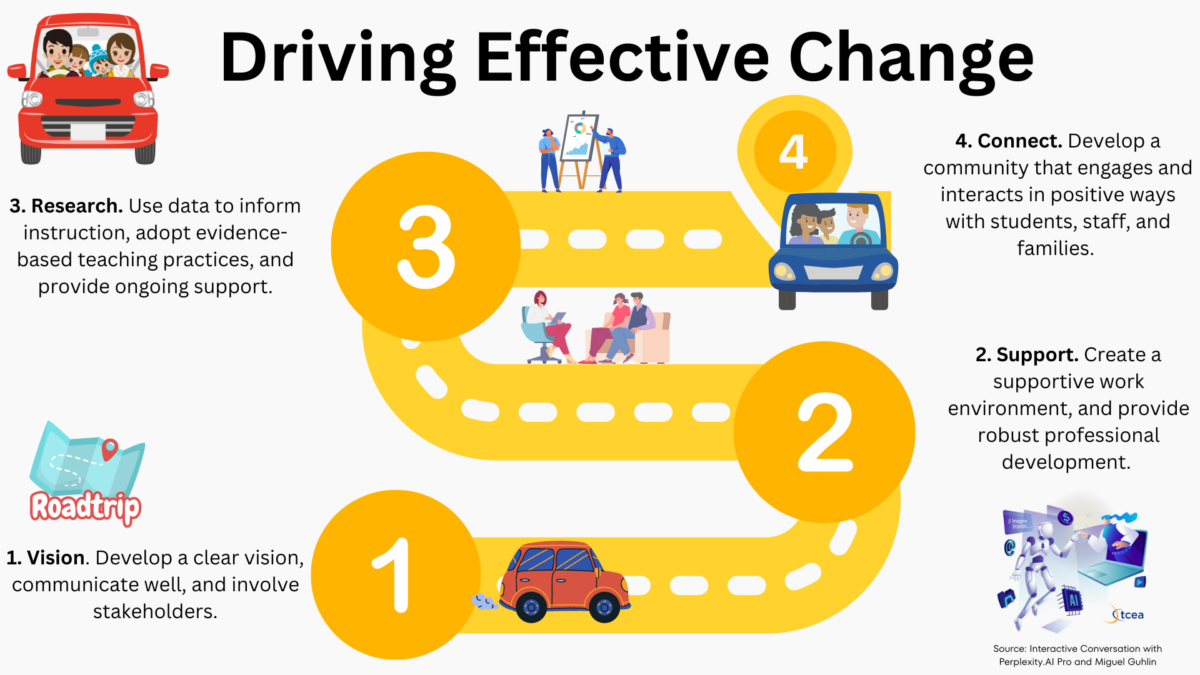A Good Survival Strategy For Driving Includes
Imagine the open road stretching before you, sunlight glinting off the hood of your car. Wind whispers past your windows as the scenery blurs into a captivating tapestry of landscapes. But what happens when that idyllic vision is disrupted by unexpected hazards? A sudden downpour, a distracted driver, or a tire blowout can transform a pleasant journey into a potentially life-threatening situation.
This article explores a crucial set of survival strategies for drivers, designed to help navigate these unforeseen challenges. We'll delve into proactive measures, defensive techniques, and essential knowledge that empowers you to not just drive, but to drive safely and resiliently, turning potential crises into manageable situations.
The Foundation: Preparation is Key
Before you even turn the key, preparation is paramount. Ensuring your vehicle is in top condition is the first line of defense. This means regular maintenance checks, including tire pressure, fluid levels, and brake inspections.
Neglecting these simple tasks can dramatically increase the risk of accidents. Think of it as an investment in your safety and peace of mind.
Vehicle Maintenance: Your Car's Well-being
Regular servicing prevents minor issues from escalating into major problems. A well-maintained car handles better, brakes more effectively, and is less likely to suffer mechanical failures on the road.
This includes checking the tire tread depth, ensuring all lights are functioning, and keeping up with scheduled maintenance according to your vehicle's manual. Remember, prevention is always better than cure.
Emergency Kit: Be Ready for Anything
Every vehicle should be equipped with a comprehensive emergency kit. This kit should include items such as a first-aid kit, jumper cables, a flashlight, warning flares or triangles, a multi-tool, and a blanket.
Depending on your climate, consider adding water, non-perishable food, and extra clothing. Knowing you have these resources can provide a sense of security and resilience in unexpected situations.
Defensive Driving: Anticipating the Unexpected
Defensive driving is more than just following traffic laws. It's about anticipating potential hazards and reacting proactively to avoid accidents.
It's a mindset that prioritizes safety and awareness at all times.
Maintaining Awareness: The 360-Degree Scan
Constantly scanning your surroundings is crucial. Check your mirrors frequently, be aware of other vehicles' positions, and anticipate their potential actions.
Pay attention to road conditions, weather changes, and potential obstacles ahead. Don't just look at the car in front of you; look beyond, anticipating potential hazards further down the road.
Safe Following Distance: Creating a Buffer
Maintaining a safe following distance is perhaps the most important aspect of defensive driving. The commonly recommended "three-second rule" provides adequate time to react to sudden stops or changes in traffic flow.
Increase this distance in adverse weather conditions. Remember, space is your friend.
Managing Distractions: Focus on the Road
Distracted driving is a leading cause of accidents. Put away your phone, avoid eating or drinking while driving, and minimize any other distractions that can take your attention away from the road.
If you need to make a call or send a text, pull over to a safe location. No message is worth risking your life.
Reacting to Emergencies: Staying Calm Under Pressure
Even with the best preparation and defensive driving techniques, emergencies can still arise. Knowing how to react calmly and effectively can make all the difference.
It's about having a plan and practicing mental preparedness.
Tire Blowout: Maintaining Control
A tire blowout can be a terrifying experience. The key is to remain calm and maintain control of the vehicle.
Grip the steering wheel firmly, avoid slamming on the brakes, and gently steer the vehicle in a straight line. Once you have regained control, gradually ease off the accelerator and pull over to a safe location.
Skidding: Regaining Traction
Skidding occurs when your tires lose traction with the road surface, often in wet or icy conditions. The correct response depends on whether your vehicle has Anti-lock Braking System (ABS).
If you have ABS, apply firm and steady pressure to the brake pedal while steering in the direction you want to go. If you don't have ABS, gently ease off the accelerator and steer in the direction you want to go, avoiding sudden braking or steering maneuvers.
Emergency Braking: Stopping Safely
In emergency braking situations, the goal is to stop as quickly and safely as possible. If your vehicle has ABS, apply firm and constant pressure to the brake pedal.
The ABS system will automatically modulate the brakes to prevent wheel lockup. If you don't have ABS, apply the brakes firmly but avoid locking the wheels. If the wheels lock, release the brakes slightly and reapply them.
Beyond the Basics: Advanced Skills and Knowledge
For those seeking to further enhance their driving skills and knowledge, consider taking advanced driving courses. These courses can provide valuable training in vehicle control, hazard avoidance, and emergency response.
Investing in driver education is an investment in your safety and the safety of others.
Advanced Driving Courses: Hone Your Skills
Advanced driving courses offer hands-on training in a controlled environment. You'll learn techniques for handling skids, braking effectively, and maneuvering in challenging situations.
These courses are often taught by experienced instructors with backgrounds in law enforcement or professional racing.
Understanding Vehicle Dynamics: Knowing Your Car
A basic understanding of vehicle dynamics can help you anticipate and react to potential hazards. Knowing how your car handles in different conditions can improve your confidence and control.
This includes understanding concepts like weight transfer, center of gravity, and the limits of traction.
Conclusion: A Journey of Continuous Learning
Driving is a skill that requires constant learning and adaptation. By prioritizing preparation, practicing defensive driving techniques, and knowing how to react in emergencies, you can significantly reduce your risk of accidents and ensure a safer journey for yourself and others.
Embrace the responsibility that comes with driving, and commit to being a safe and conscientious driver. The road ahead is full of possibilities, and with the right strategies, you can navigate it with confidence and peace of mind.
Remember, safe driving isn't just about getting from point A to point B. It's about arriving safely, protecting yourself, and ensuring the well-being of everyone else on the road.
